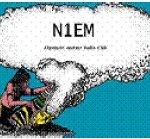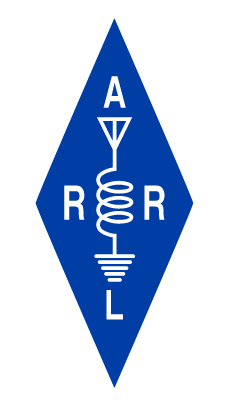 Skip Youngberg, K1NKR, writes on the Algonquin ARC mailing list:
Skip Youngberg, K1NKR, writes on the Algonquin ARC mailing list:
Last year’s Lantern Battery Challenge was a success. So our Activities Chairman, Joe said, “Let’s do it again!”
The event can be a great way to beat the winter doldrums. The entire goal is threefold: to have fun, to get on the air, and to see just what battery power can do around the shack.
This year’s rules are below. You’ll see that you don’t have to go out and find “lantern” batteries this time. Your inventiveness will determine just how much you spend in time and money getting on the air.
73,
Skip
*********
AARC’s 2022 LANTERN BATTERY CHALLENGE
The intent of the AARC LBC is to foster camaraderie among members and find out—in a light-hearted fashion—just how many QSOs can be extracted from a stack of batteries before they are depleted beyond the point of usefulness. We’re continuing to call this the “Lantern” Battery Challenge even though there is no need to actually use expensive lantern batteries.
Activity period
AARC’s LBC will commence at 0000Z on 1 January 2022 and conclude at 2400Z on 31 March 2022. Participants can join at any time during the challenge period but must finish by the end of the challenge.
Bands, Modes
Consistent with the terms of the participant’s license, operation on any band, using any mode, is permitted.
Energy Source (Batteries)
Batteries must be assembled from the equivalent of “D” cells or smaller. Any combination of cells stacked in series not exceeding 15 volts is acceptable, provided that no more than two cells are connected in parallel anywhere in the stack.
(Note that each of the lantern batteries used last year was the equivalent of four 1‑1/2 volt “D” or “F” cells in series, so two lantern batteries stacked in series yielded 12 volts. Most rigs like 12V or higher and mis-perform at voltages under 10V. Current drain depletes the cells quickly and reduces their voltage. This year’s “connected in parallel” rule allows for starting with twice as much energy, increases the available current, and slows voltage depletion.)
[Full story]
